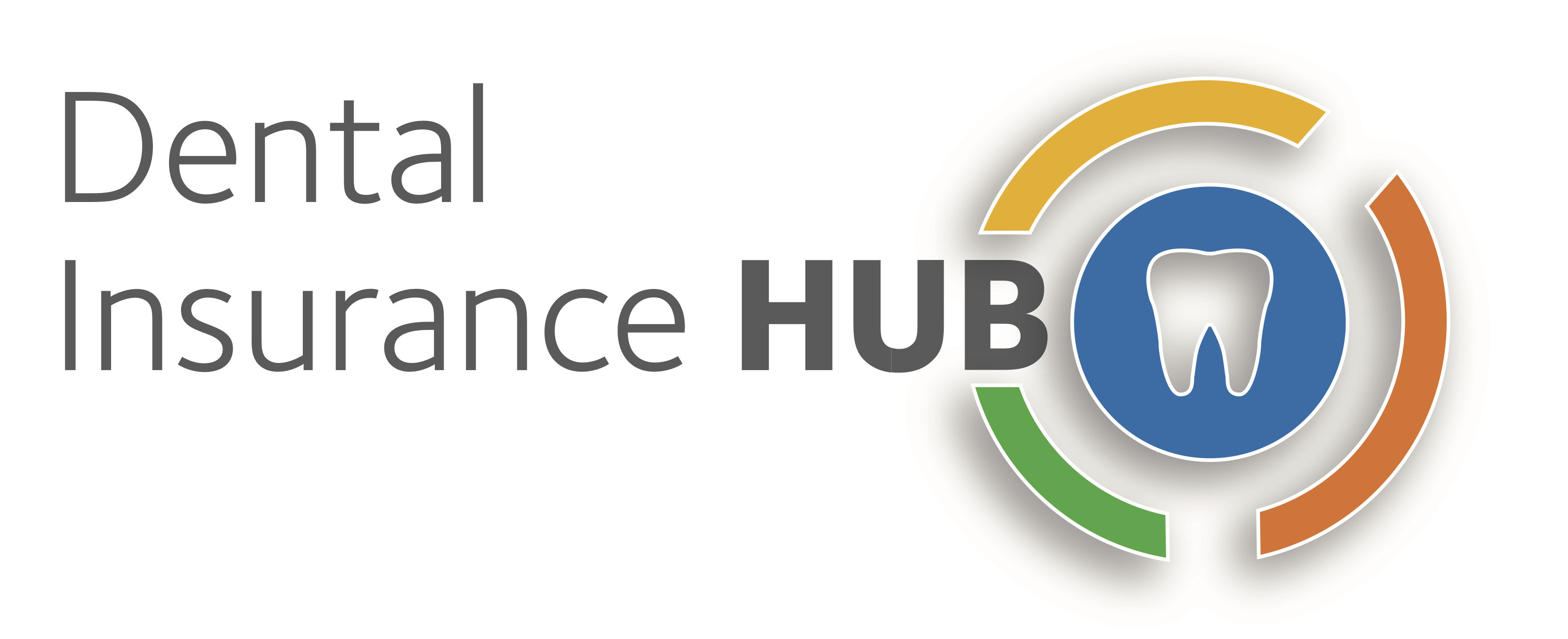Complexities of coordination of benefits demystified through ADA resources
ADA councilmember: 'Coordination of benefits can be a common source of frustration for dental offices'


In 2019, the ADA conducted a survey of dental office managers that asked, among other questions, which administrative burdens were causing the biggest problems at their offices for dentists and their staff.
What was the No. 1 answer?
Coordination of benefits.
Navigating the path of coordination of benefits can be a frustrating, confusing and time-consuming endeavor for dental offices trying to properly bill patients with more than one dental insurance plan.
Coordination of benefits is when a patient has more than one dental insurance plan and may be able to use all of them to cover dental procedures. When this occurs, the plans should work together to coordinate benefits to eliminate overbilling or duplication of benefits.
“Coordination of benefits can be a common source of frustration for dental offices trying to submit claims when a patient presents with more than one dental plan,” said Eugene Porcelli, D.D.S., member of the ADA Council on Dental Benefit Programs. “Offices that are fluent in coordinating benefits will minimize claim adjudication issues and maximize the benefit to which the patient is entitled. ”The ADA has a wealth of online resources to help answer questions from dentists and their dental office staff regarding how to handle coordination of benefits.
The ADA has a new online hub for ready-to-use dental insurance information, and dentists can find useful information on coordination of benefits at ADA.org/DentalInsurance .
In addition, a series of articles published in the ADA News between 2006-08 discussing dentists’ top-10concerns regarding dental insurance — including coordination of benefits —remains relevant today. A summary of the articles included perspectives from ADA members, National Association of Dental Plan members and ADA Council on Dental Benefit Program members.
One excerpt from the summary is important: “Coordination of benefits can be a win-win for both patients and dental practices. Patients with more than one dental benefits program from state licensed carriers are likely to visit their dentists more frequently, knowing all or at least a large majority of treatment costs will be covered by the combination of two programs. Out-of-pocket expenses for more complex and expensive procedures are reduced or sometimes even eliminated. And dental practices [may] receive payment in full for all treatment rendered when reimbursement from [all] plans is settled.”



